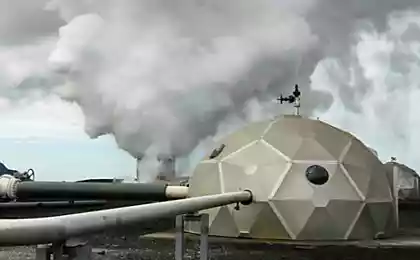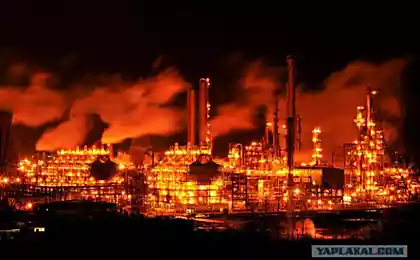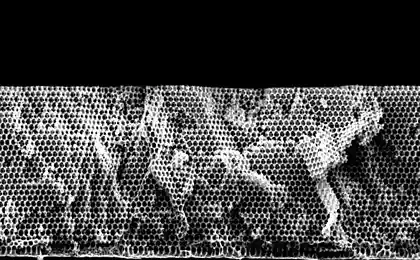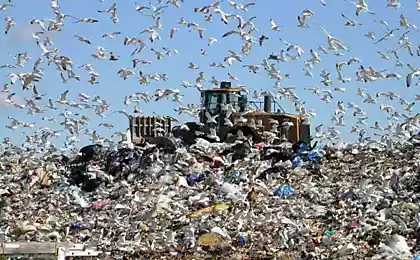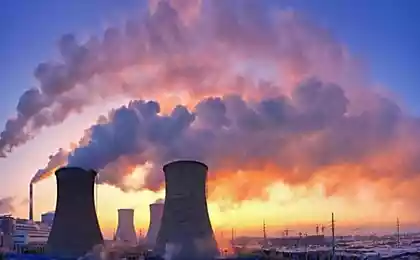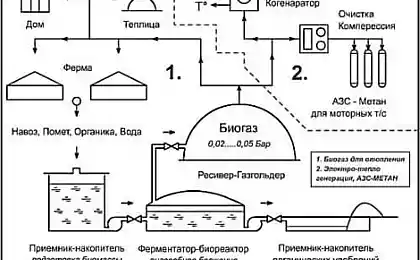589
In Iceland, learned to turn carbon emissions to stone. The Project CarbFix
The revolutionary technology is turning CO2 to stone can solve the problem of global warming.
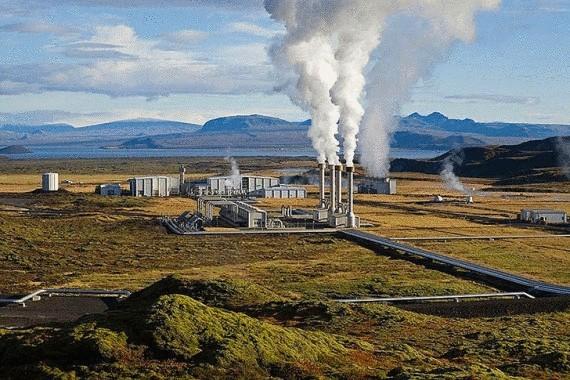
Emissions of carbon dioxide in the atmosphere are considered the main cause of global warming, in 2014 they reached the level of 40 billion tonnes. The main focus in combating climate change is the decarbonization — the capture and storage of carbon.
One of the methods of recycling CO2 may be turning him into stone by "injection" of carbon dioxide underground.
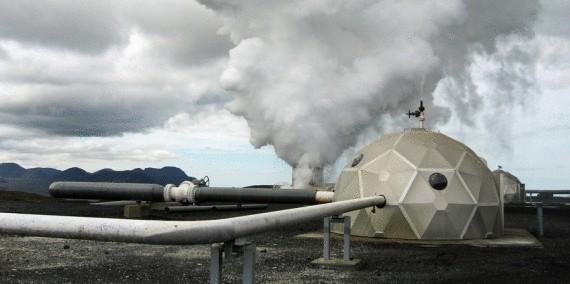
On this revolutionary technology are specialists from different parts of the world. One of the most successful pilot projects can be called CarbFix, which started in 2011 in Iceland at one of the geothermal power plants.
The station has 30 wells that consume energy from the steam is filled with CO2 and hydrogen sulfide. CarbFix separates the two and sends the CO2 gas through the pipes into the well to a depth of 1600 meters, where she smachivaetsya with water. The pressure of the water dissolves the CO2 bubbles, creating carbonic acid. Acid to be introduced basalt rocks with high porosity, the remains of the lava flow 2200 years ago. Acid fills the pores and reacts with calcium in the basalt to form limestone.
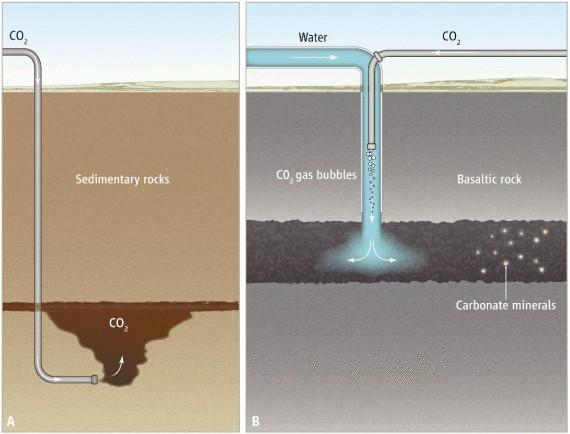
In fact, the CarbFix technology only accelerates the natural process called weathering, in which the carbonic acid of rain water, turned into minerals.
The project already entered 170 tons of pure CO2 reacts with the basalt. The results show that about 85% of them interacts with the stone in less than one year.
"To really prove it, in the summer we drilled a borehole in the reservoir to obtain core samples of rocks.", says scientist Lamont-Doherty.
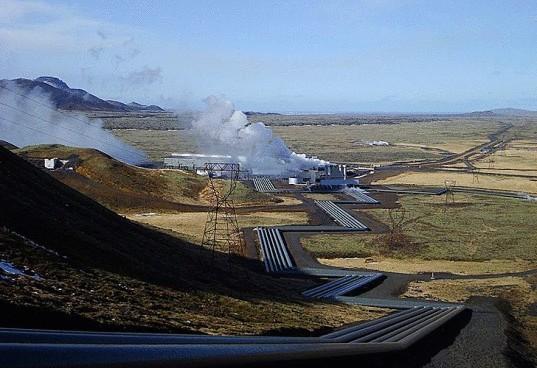
"Storage capacity is just huge, we have billions of tons of water reservoirs, mainly because all the ocean floor consists of basalt," said Jorg.
Now we are preparing to enter around 10,000 tons of CO2 in a deep reservoir. Although in recent times, scientists injected pure CO2, this time they will use the exhaust gases from geothermal power plant which also includes smelly hydrogen sulfide.
"Hydrogen sulfide is a big problem for the gas industry", said the scientist. "Gas hydrogen sulfide is called sour gas, it is more than 40% of natural gas worldwide. The hydrogen sulfide must be separated and something to do with it," added he, with injection and storage of hydrogen sulfide and CO2 will avoid the costs of separation.
The CarbFix project begins to move from Iceland to warmer climes in Saudi Arabia and Oman, where CO2 can be mineralized even faster.
But scientists also see problems that are beyond their powers. They believe that to do the capture and storage of carbon reality may state programmes, which should impose high carbon.

Emissions of carbon dioxide in the atmosphere are considered the main cause of global warming, in 2014 they reached the level of 40 billion tonnes. The main focus in combating climate change is the decarbonization — the capture and storage of carbon.
One of the methods of recycling CO2 may be turning him into stone by "injection" of carbon dioxide underground.

On this revolutionary technology are specialists from different parts of the world. One of the most successful pilot projects can be called CarbFix, which started in 2011 in Iceland at one of the geothermal power plants.
The station has 30 wells that consume energy from the steam is filled with CO2 and hydrogen sulfide. CarbFix separates the two and sends the CO2 gas through the pipes into the well to a depth of 1600 meters, where she smachivaetsya with water. The pressure of the water dissolves the CO2 bubbles, creating carbonic acid. Acid to be introduced basalt rocks with high porosity, the remains of the lava flow 2200 years ago. Acid fills the pores and reacts with calcium in the basalt to form limestone.

In fact, the CarbFix technology only accelerates the natural process called weathering, in which the carbonic acid of rain water, turned into minerals.
The project already entered 170 tons of pure CO2 reacts with the basalt. The results show that about 85% of them interacts with the stone in less than one year.
"To really prove it, in the summer we drilled a borehole in the reservoir to obtain core samples of rocks.", says scientist Lamont-Doherty.

"Storage capacity is just huge, we have billions of tons of water reservoirs, mainly because all the ocean floor consists of basalt," said Jorg.
Now we are preparing to enter around 10,000 tons of CO2 in a deep reservoir. Although in recent times, scientists injected pure CO2, this time they will use the exhaust gases from geothermal power plant which also includes smelly hydrogen sulfide.
"Hydrogen sulfide is a big problem for the gas industry", said the scientist. "Gas hydrogen sulfide is called sour gas, it is more than 40% of natural gas worldwide. The hydrogen sulfide must be separated and something to do with it," added he, with injection and storage of hydrogen sulfide and CO2 will avoid the costs of separation.
The CarbFix project begins to move from Iceland to warmer climes in Saudi Arabia and Oman, where CO2 can be mineralized even faster.
But scientists also see problems that are beyond their powers. They believe that to do the capture and storage of carbon reality may state programmes, which should impose high carbon.
Something in the internal structure of the Universe escapes the understanding of scientists
Chicken Tabaka

